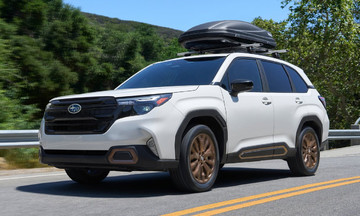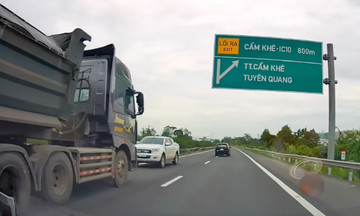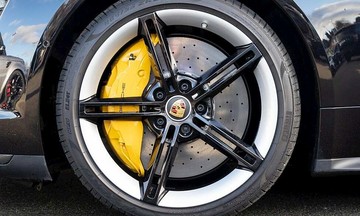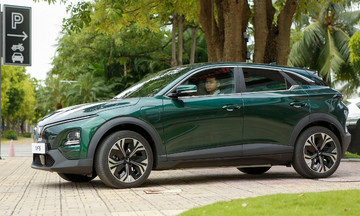Several factors contribute to unintended sudden acceleration accidents, including accelerator/brake system malfunctions, objects lodged under the accelerator pedal, or driver error mistaking the accelerator for the brake. Driver error is considered more common than other causes.
In some cases, when drivers mistakenly press the accelerator, instead of switching to the brake to stop, they press the accelerator harder, resulting in serious damage to themselves and surrounding vehicles.
Why do drivers get their foot stuck on the accelerator pedal?
A 1980s study by Richard Schmidt, a psychology professor at the University of California, explains this phenomenon, which often occurs as the driver enters the vehicle. The driver initially intends to lightly press the brake but mistakenly hits the accelerator, continuing to do so until a collision occurs. Drivers in these situations often believe the accelerator system or the brakes have malfunctioned. However, in all cases, the vehicles were confirmed to have no technical issues.
Schmidt suspected that these unintended acceleration incidents could be related to human factors. He found that such incidents occur 6 times more frequently in older adults (aged 60-70), those unfamiliar with the vehicle, and shorter individuals.
The study hypothesizes that drivers intending to press the brake to prevent the car from rolling sometimes mistakenly hit the accelerator. When the car accelerates unexpectedly, they instinctively press harder, further increasing speed and leading to a collision.
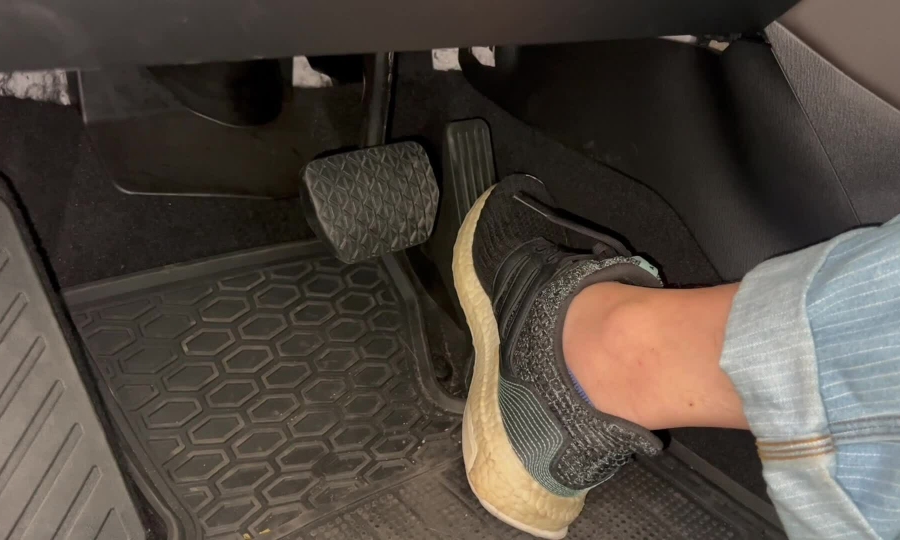 |
Drivers may press the accelerator harder when panicking after mistaking it for the brake, instead of switching to the brake pedal to stop. Photo: Ho Tan. (Ho Tan) |
Drivers may press the accelerator harder when panicking after mistaking it for the brake, instead of switching to the brake pedal to stop. Photo: Ho Tan. (Ho Tan)
Specifically, when the car accelerates unexpectedly, the panicked driver presses harder on what they believe is the brake. When a driver is stressed or panicked, the fight-or-flight response, also known as the acute stress response, is easily triggered. In this state, the driver often doesn't consider other solutions like pulling the handbrake, switching pedals, or shifting gears, but instead focuses on pressing the pedal harder to stop the car, while their foot remains on the accelerator.
In 2011, the UK's Transport for London commissioned a study on pedal misapplication to understand the causes, extent, and potential solutions for unintended acceleration. This study described the cognitive process of driving as follows:
The driving behavior model is divided into 6 stages: anticipation (the driver uses experience and expectations to observe and react to the environment), perception (when an important object is detected and recognized, such as a bus stop), cognition (the driver uses experience and expectations to make an appropriate response decision, for example, "this stop is on my route, I need to stop"), response (the decision is translated into an action plan, such as turning the steering wheel and braking), action (the action plan is executed), and feedback loop (the driver observes the results of the action to see if the desired goal is achieved, and if not, repeats the action).
In cases of unintended acceleration, the driver may have correctly identified the situation, understood what to do, and chosen the appropriate course of action, but made a mistake in the action step, pressing the accelerator instead of the brake. This occurs when the driver is distracted or stressed, preventing the brain from fully processing the steps above, leading them to subconsciously press the accelerator harder.
Preventive measures
Many cars now feature brake override system (BOS). This system prioritizes braking or cuts off the accelerator when both pedals are pressed simultaneously. Many manufacturers like Chrysler, BMW, Mercedes, Nissan, Volkswagen, Audi, Toyota, Mazda, Mitsubishi, and Hyundai have implemented this system.
However, a calm demeanor and driving experience remain the most effective ways to prevent pedal misapplication. Drivers should also maintain proper foot placement and use appropriate footwear.
Ho Tan



